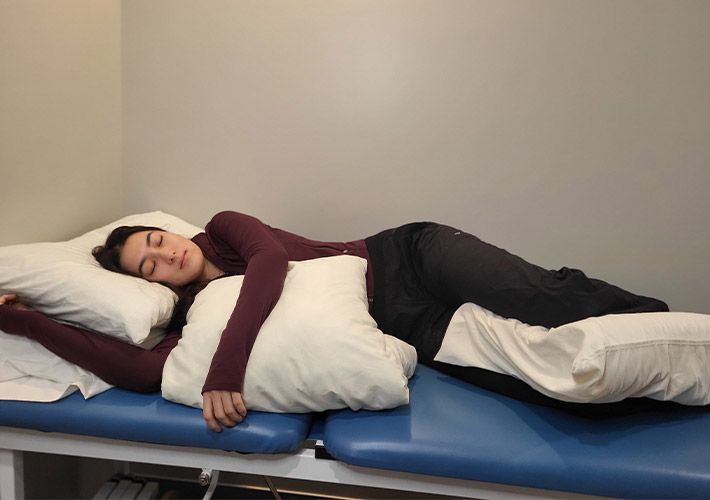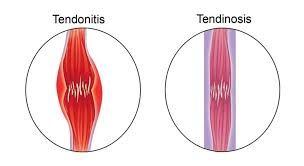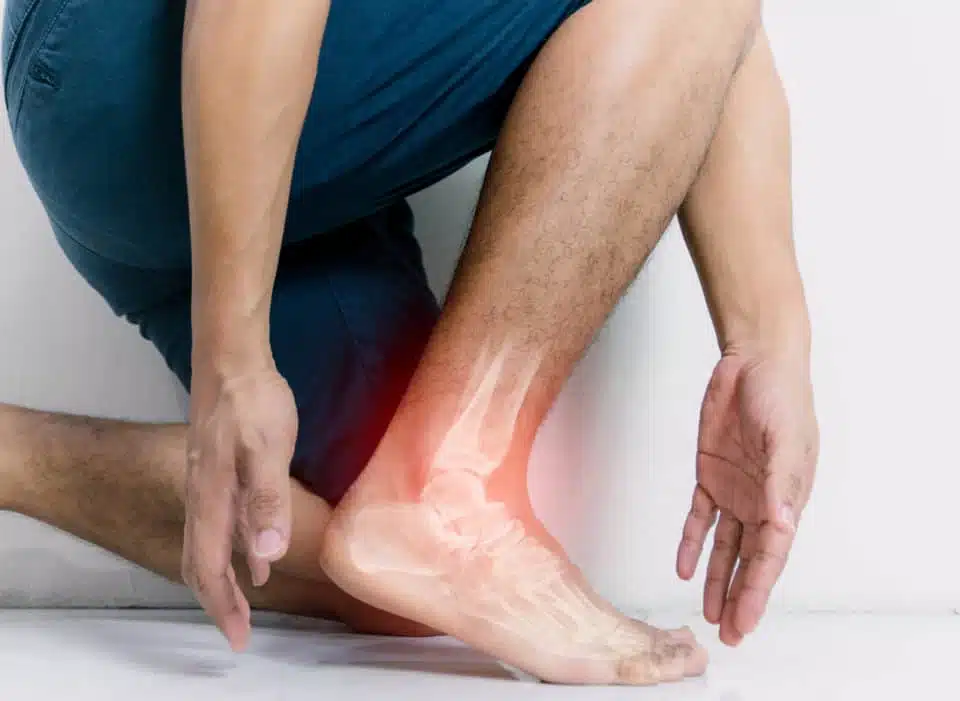Stars, Stripes, and Spines: Why Your Back Goes Pop (and How to Watch Fireworks Without Wrecking It)

Cue the barbecue, spark up the sparklers, and grab your favorite red, white, and blue—because the Fourth of July is here! As we ooh and aah over fireworks lighting up the night sky, there’s another kind of pop that gets people buzzing this time of year: the satisfying crack that happens during a chiropractic adjustment. Coincidence? Maybe. But if you’ve ever wondered why your back makes that signature sound when adjusted, we’ve got the answers—and some safety tips to make sure your spine is celebrating right alongside you this Independence Day.
What Is Joint Cavitation?
Let’s clear up one thing first: that pop during a chiropractic adjustment isn’t your bones cracking or anything breaking. What you’re hearing is a process called joint cavitation, and it’s totally normal.
Inside your joints is a slick substance called synovial fluid, which helps reduce friction and keeps things moving smoothly. This fluid contains gases like oxygen, nitrogen, and carbon dioxide. When a chiropractor applies a specific, quick force to a joint—often in the spine—it stretches the joint capsule and creates a drop in pressure. That pressure change causes those gases to rapidly form a bubble, which then collapses, producing that familiar pop or crack.
It’s a lot like opening a can of soda or watching a firework explode: rapid pressure change + gas release = noise. And just like fireworks, the sound is harmless (though a little dramatic).
Is That Pop Necessary for a Good Adjustment?
Here’s the short answer: nope.
That satisfying sound can be a nice confirmation that something moved, but it’s not the goal of the adjustment. In fact, some highly effective techniques don’t produce any noise at all. The real win comes from improved joint motion, reduced pain, and better nervous system communication—not the audio effects.
Still, we get it—there’s something psychologically satisfying about the pop, just like there’s something magical about a firework finale. If you love the sound, great! If you don’t hear one? Don’t stress. Your chiropractor still got the job done.
Is It Bad to Crack Your Own Back?
This one’s tricky. Self-cracking (aka twisting your torso or neck until you hear a “pop”) can feel good in the moment, but it's usually not as precise or controlled as a chiropractic adjustment. When you crack your own back or neck, you're often moving the joints that are already loose instead of targeting the ones that are stuck. Over time, this can lead to instability or strain.
Think of it like setting off a firework in the wrong direction—it might go off, but the result isn’t what you wanted. Leave the precision work to the professionals.
Why Does My Back Feel Better After an Adjustment?
Aside from the satisfying sound, chiropractic adjustments often bring relief by improving motion, reducing muscle tension, and resetting the nervous system. Many patients also report feeling looser, taller, or just better after getting adjusted. This can help reduce chronic pain, improve posture, and even boost athletic performance.
Fireworks are flashy, but your spine feeling free to move? That’s true independence.
Firework Watching: Don’t Let Your Neck Be the Grand Finale
As much as we love a sky full of fireworks, the way we watch them can be a real pain in the neck—literally.
Standing in the middle of a field craning your head straight up for 20 minutes might make for good viewing but poor spinal health. Your cervical spine isn’t built to hang out in that extended position for long periods, and doing so can lead to stiffness, tension headaches, or even muscle spasms.
Here are a few spine-safe tips for watching fireworks this Fourth of July:
- Bring a reclining chair: A lawn lounger or reclining camp chair lets you lay back and enjoy the show without straining your neck.
- Use a blanket: Lie flat on your back and let the sky do the work. Bonus: it’s great for stargazing once the fireworks are over.
- Support your neck: If you must sit upright, use a travel pillow or rolled-up hoodie behind your neck to reduce the angle and strain.
- Avoid “screening” the show: Constantly looking up, down, and back at your phone to record can lead to awkward neck positions. Live in the moment—your spine will thank you.
A Firecracker for Your Spine? Let Us Help!
Just like fireworks need the right conditions to safely soar, your spine thrives under the care of trained professionals. Whether you’re dealing with stiffness, discomfort, or just want to feel more aligned heading into the second half of the year, chiropractic and massage care can help you move better and feel stronger.
At Peak Performance, our evidence-based approach targets the root of the problem, not just the symptoms. Our chiropractors use techniques designed to restore function and reduce pain—sometimes with a satisfying pop, and sometimes with quiet, effective precision. We also offer massage therapy to support soft tissue health, improve circulation, and melt away stress (especially useful after wrangling folding chairs, coolers, and kids at the fireworks display).
The Freedom to Feel Good
This Independence Day, celebrate freedom in all its forms—including the freedom to move without pain. Whether you’re flipping burgers, running a 5K, or lying in the grass watching rockets burst in air, your spine plays a big part in how you experience the day.
So, enjoy the stars, stripes, and yes—even those spinal pops. And if your neck or back feels more like a dud than a firework finale, give us a call. We’ll help you realign, recharge, and get back to celebrating the season with ease.
Need an adjustment after the long weekend?
Book your appointment today at Peak Performance in Buffalo. We’re here to keep your spine feeling like a sparkler—strong, steady, and ready to shine.
Happy Fourth of July from all of us at Peak Performance!
Bethany Wolcott
D’Youville Chiropractic ‘26












